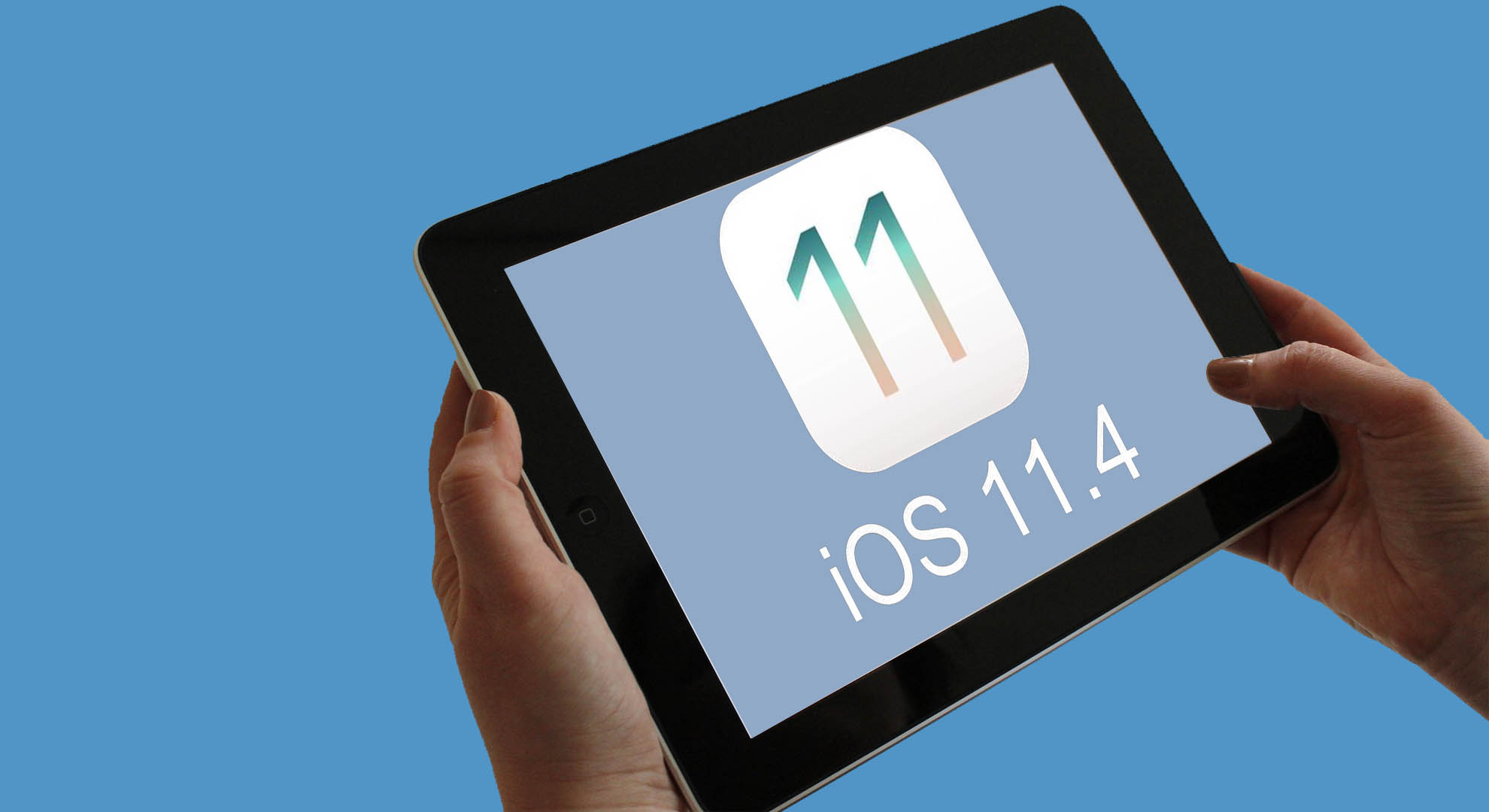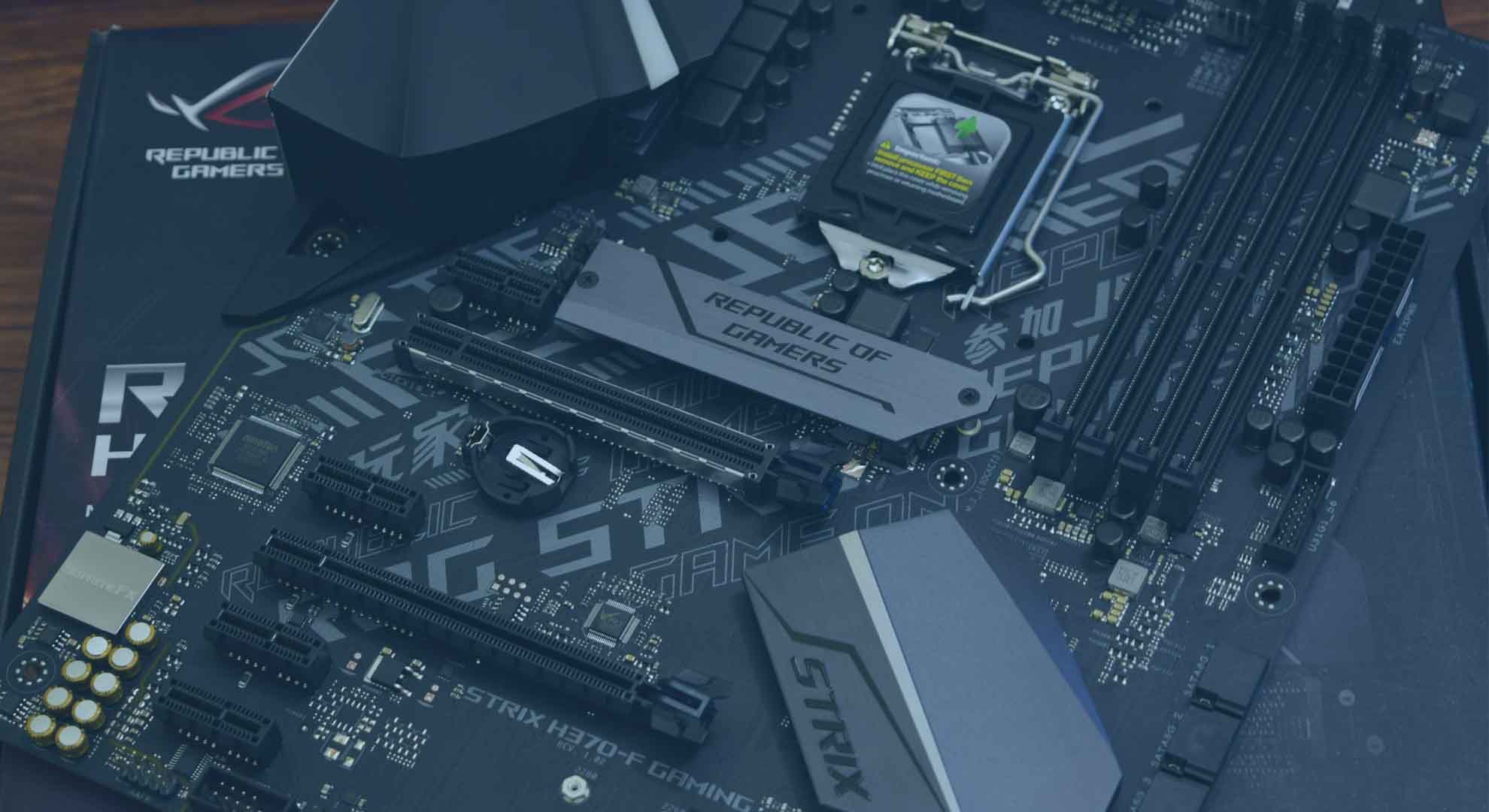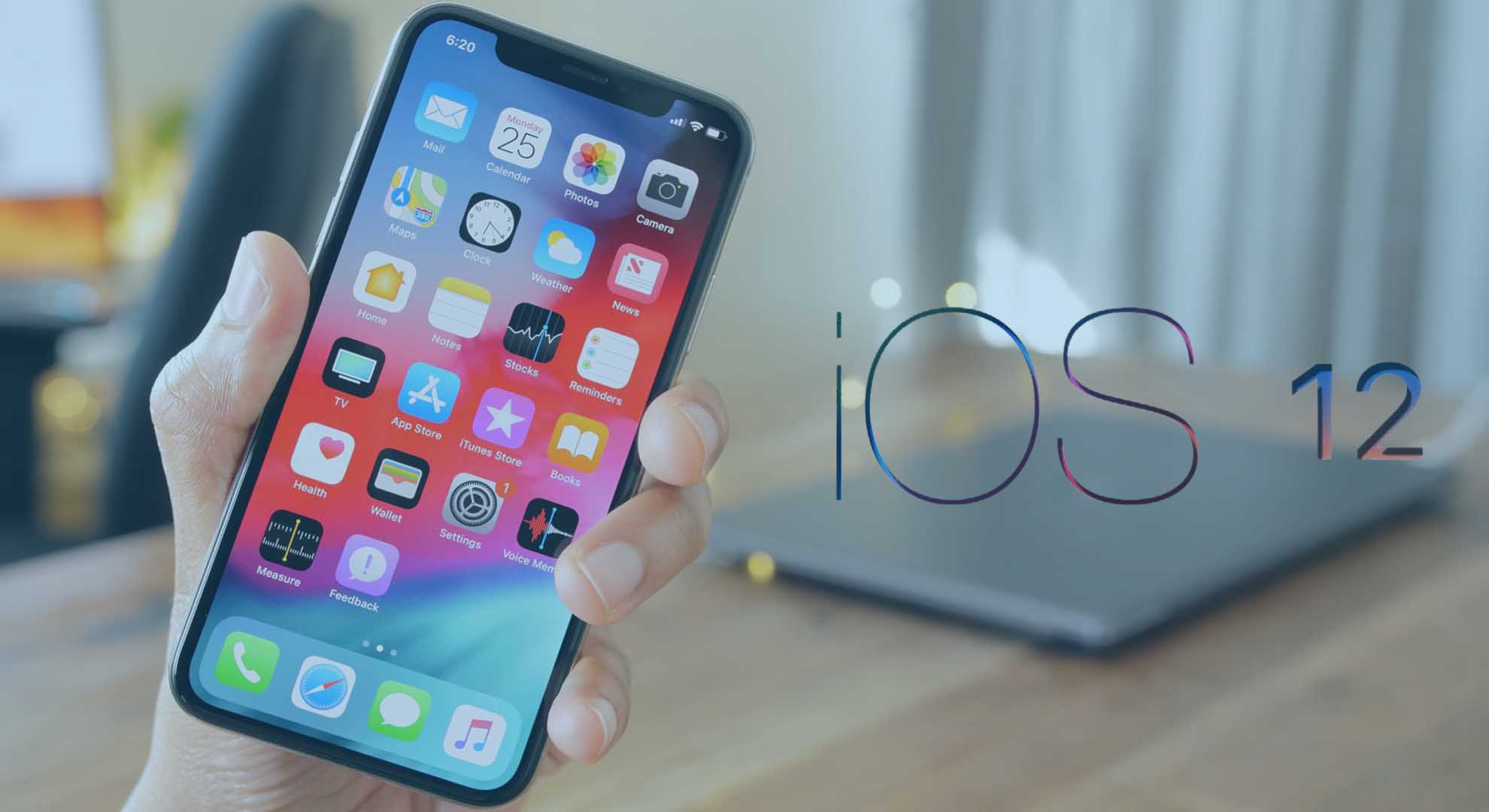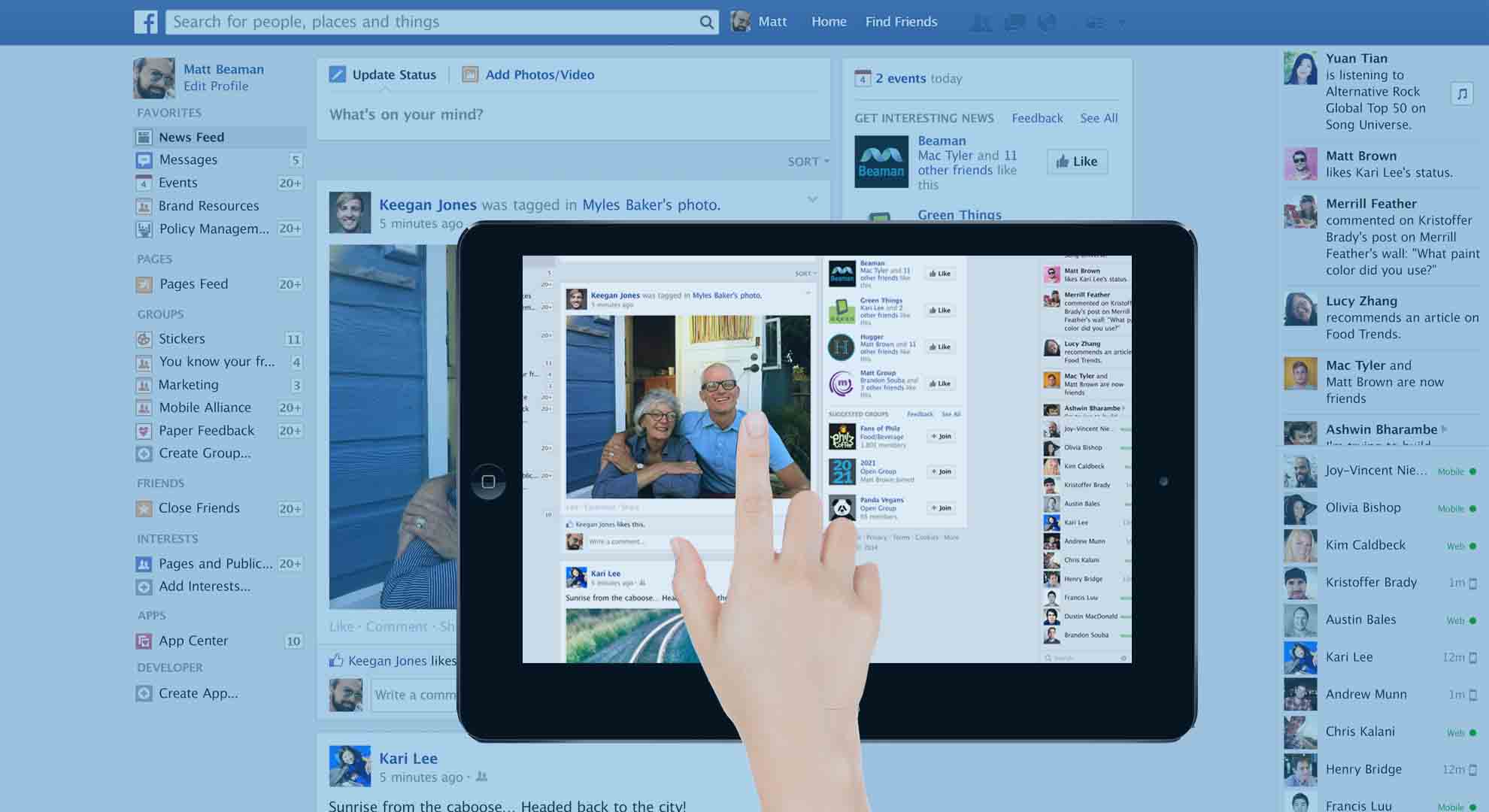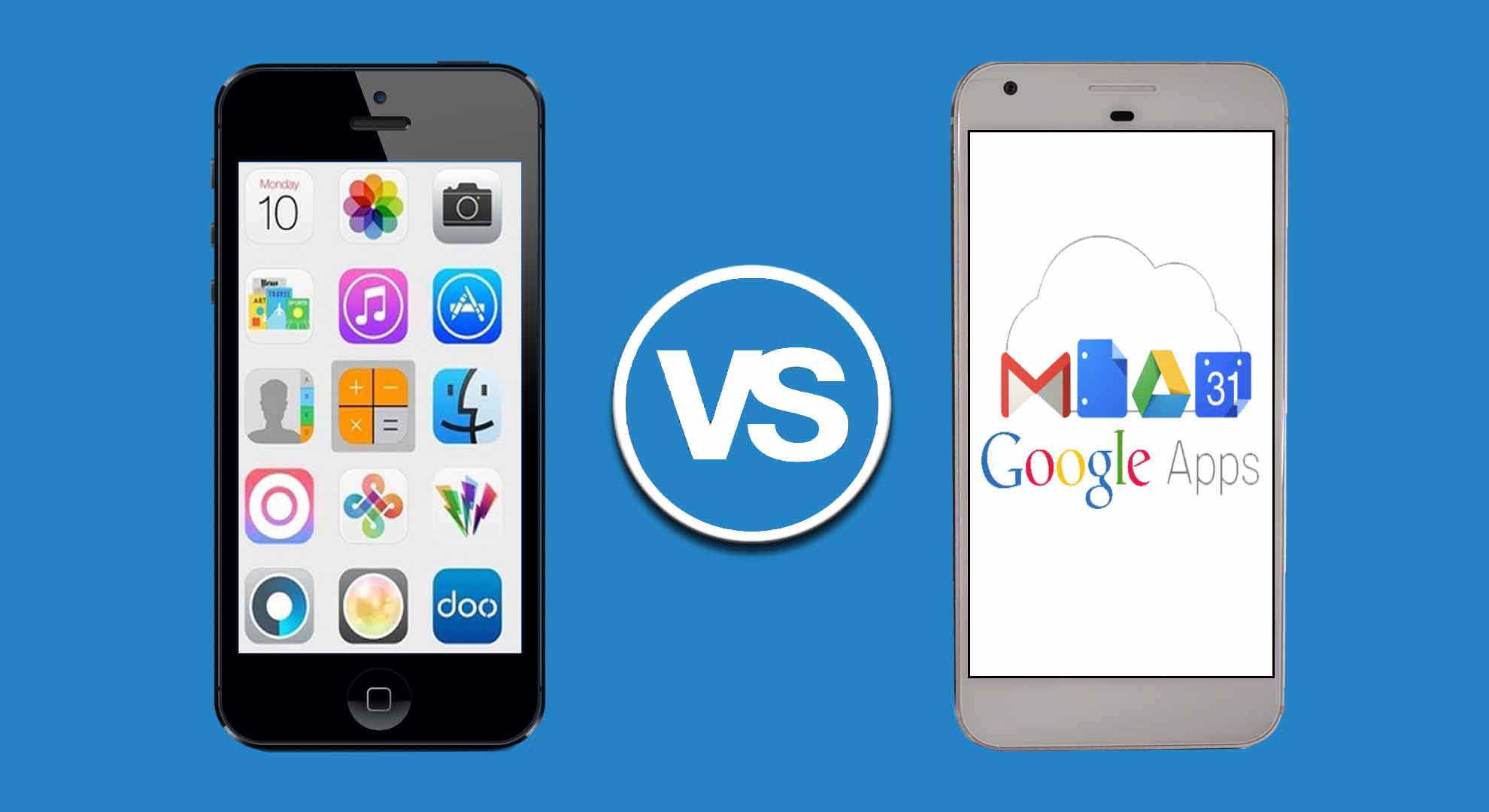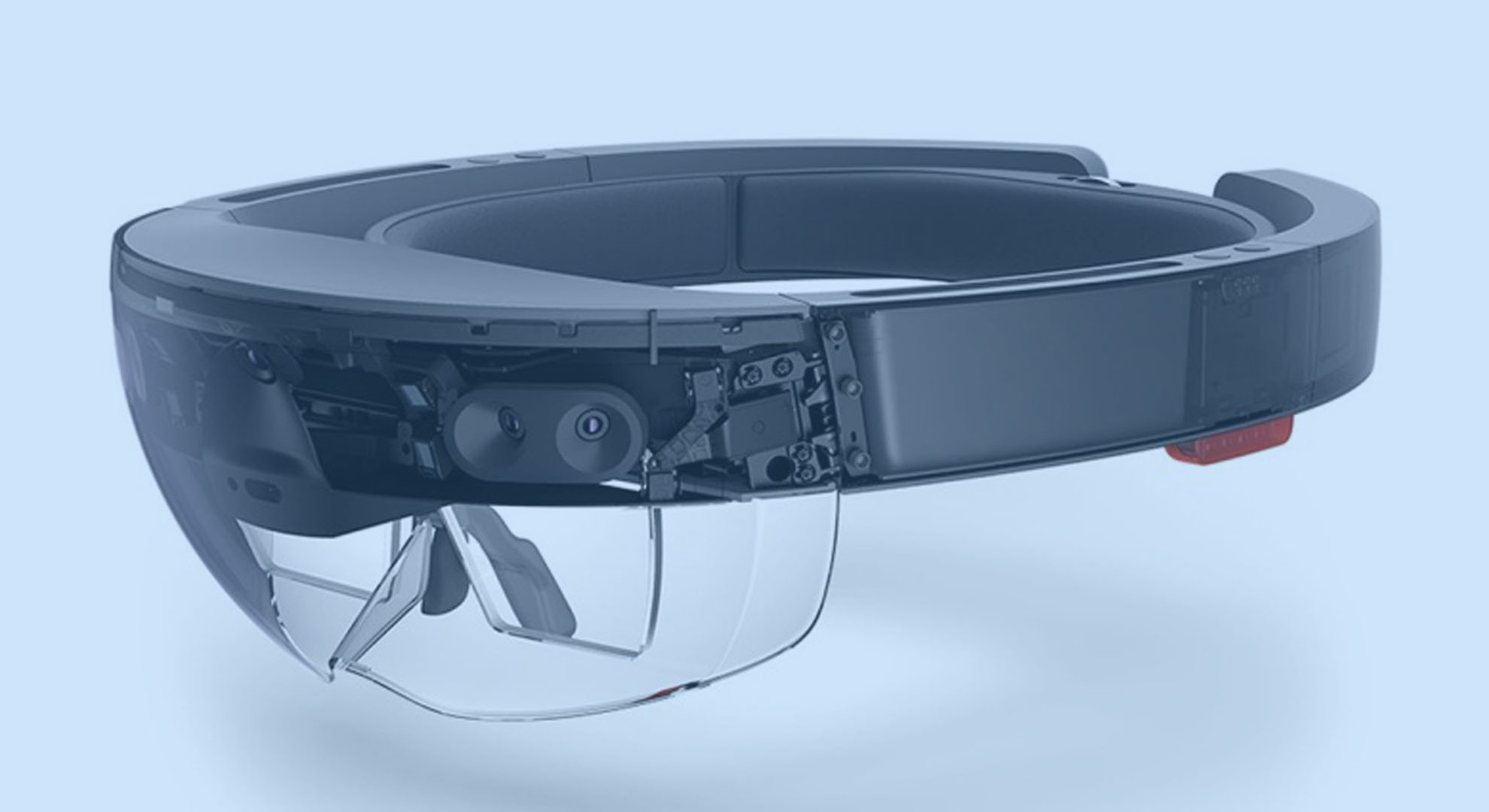The secret of Pokemon Go’s popularity is embedded in its simplicity. You only need to hold a phone, point it at the actual world and onscreen you will be able to view the footpath in front of you. After this, a pocket monster pops and starts bouncing. Your responsibility is to catch it by successfully hitting it with the help of Pokeball. It has a tagline: “Gotta catch ’em all.”
The game’s global impression made Niantic a leader in a promising field known as the augmented reality. In this computer images (in this case, Pokemon) are covered in the actual world. Nevertheless, the technology is very much in its beginning. The Pokemon weren’t persuasively in the actual world since they just kind of hopped around the screen.
For this reason, Niantic, which is named after a gold rush-era ship that’s covered underneath San Francisco’s downtown, requested reporters to its open offices on the second floor of the city’s historic Ferry Building to discuss regarding the next-generation AR technology it’s developing.
Each of the developments Niantic exhibited that it has been designed to assist our phones better comprehend the world around them. For example, the company has produced technology to identify the cars, ground, people and other routine objects your phone views when you hold it up. If your phone can efficiently recognize sufficient objects, Niantic can do things like make the Pokemon character Pikachu seem to run after someone’s legs like they are walking, hide after a plant, or duck out of the way of a car.
To enable that, Niantic said it strategizes to create the systems it is made for classifying objects, constructing worldwide maps, and assisting people to cooperate within that world offered to other app and device developers in the future. It is referred to as the Niantic Real World Platform, and the company says it will start working with outside developers in the future this year.

